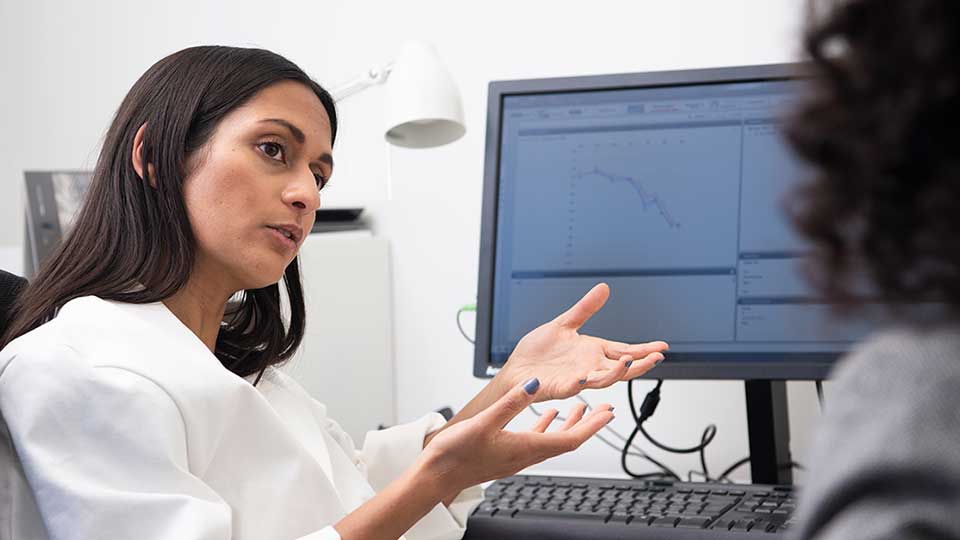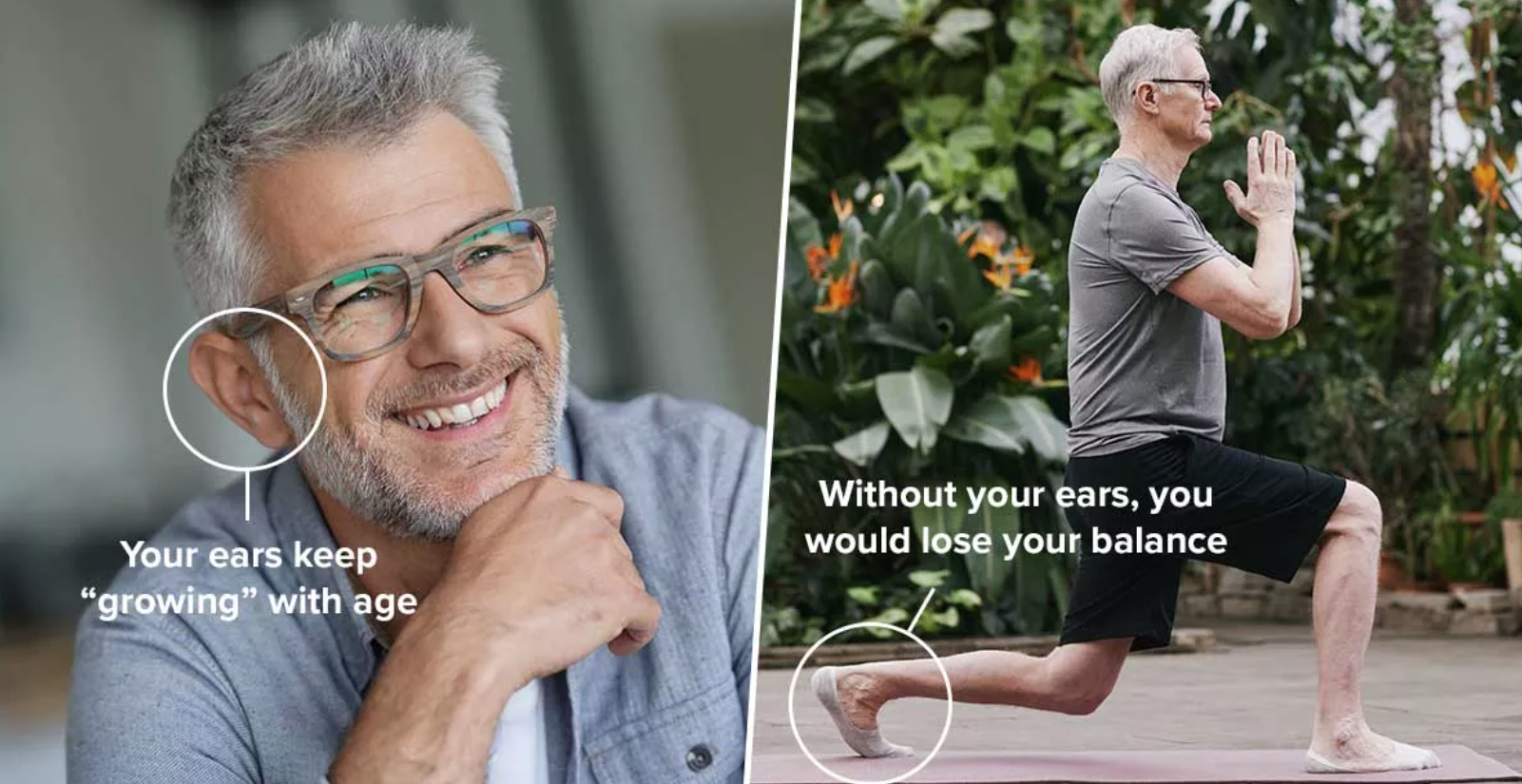Talking about hearing aids, people often have a lot of questions; about batteries, tinnitus, cleaning, music and connecting to other devices. Take a look and see if we can satisfy your curiosity with this blog post.
1. Which hearing aids suit which type of hearing loss?
Most types of hearing aid can be used with most types of hearing loss.
It depends on how much the hearing aid can amplify the sound. Generally, most hearing aids provide plenty of sound power for mild or moderate hearing loss.
The main difference comes for people who have severe-to-profound or profound hearing loss. For these people, hearing care experts often prefer to fit more powerful hearing aids. These are specially designed for more amplification. Because this requires more power, these hearing aids require larger batteries. And for this reason, more powerful hearing aids tend to be slightly bigger.
2. How should you clean hearing aids?
Cleaning hearing aids properly is important to keep them working well.
Different types of hearing aid will have different requirements for removing ear wax and moisture from your hearing aid safely. Follow the instructions of your hearing aids to ensure you don’t damage the device while clearing ear wax from your hearing aids.
3. How long do hearing aid batteries last for?
Disposable hearing aid batteries typically last for around a week, but the actual battery lifetime depends on how you use your hearing aids.
If you stream music or audio to your hearing aids from a TV or smartphone, it requires more power and will drain the batteries more quickly.
Rechargeable hearing aid batteries typically need charging each night, which then gives enough power for the following day, much like a smartphone. These batteries typically have a similar lifetime to the hearing aids themselves.
4. How can hearing aids help with tinnitus?
Tinnitus is the condition of hearing sounds in your ears such as ringing, buzzing, or whining. It is very common and many of the people who have tinnitus also have hearing loss.
While there is no cure for tinnitus, some hearing aids can help. These hearing aids can play tinnitus relief sounds, which help to soothe and mask the tinnitus sounds. Tinnitus relief sounds can be white noise or natural sounds such as crashing waves. They are set up by the hearing care expert who fits your hearing aids.
5. What other devices can you connect hearing aids to?
Many modern hearing aids can connect to devices such as TVs, music players, computers, tablet computers, remote controls, and remote microphones. They use a wireless system such as 2.4 GHz, Bluetooth® or Bluetooth low energy.
It is common for hearing aids to do this by first connecting to an iPhone, which then makes the connection to the device. Other smartphones such as Android phones require the use of an intermediate device (streamer), which typically hangs around your neck or clips to your clothing. Some hearing aids only use a streamer device and not a phone.
In addition, some devices – such as TVs without Bluetooth® – require an additional device to transmit the audio via Bluetooth®, in order for the hearing aids to be able to receive it.
Some Internet-connected hearing aids allow you to use the Internet of Things to create your own connections to thousands of other Internet-connected devices.
Why connect your hearing aids to the Internet?
6. Can you connect hearing aids to Android smartphones as well?
Hearing aids that connect to iPhone can usually connect to Android smartphones as well. However, at the time of writing, Android smartphones need to use an intermediate device (streamer) that hangs around your neck or clips to your clothing whereas an iPhone can stream music and audio directly to hearing aids.
7. Can you play music through hearing aids?
Some hearing aids can stream music and audio from another device, via Bluetooth®. The music may come directly from the smartphone, or it may be streamed from a music player, computer, or TV.
Hearing aids that can play music either use a smartphone to control the music streaming or use a streamer device that typically hangs around your neck.
In addition, the other devices such as music players, computers, or TVs may need an additional Bluetooth® transmitter.
More modern hearing aids use Bluetooth low energy technology to stream music, which allows stereo music and less battery usage.
8. What is a remote microphone and what do you use it for?
A remote microphone or partner microphone captures someone else’s speech and wirelessly transmits it into your hearing aids. They are used in classroom or lecture situations, where the person speaking may be some distance away. The person speaking simply clips the microphone to their clothing.




